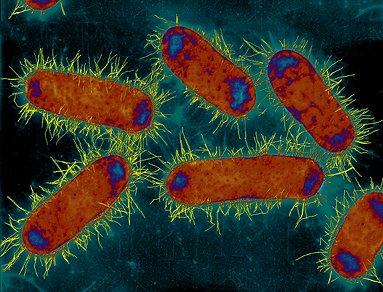How To Answer Questions of Section B for UPSR Science paper
Example:
Distance of the object from the light source /cm : 30, 40, 50, 60,
Size of shadow /
cm2 : 10, 8, 6, 4
1. ( i ) what is changed? : distance of the object from the light source
( ii ) what is measured? : Size of the shadow
( iii ) what to keep the same? : the position of the light source
2. What is the purpose/aim of the experiment?
To investigate the relationship between the distance of the object from the light source and
the size of the shadow.
3. What is the relationship between the distance of the object from the light
source and size
of shadow?
When the distance increases, the size of the shadow decreases.
4. What is the trend in the size of the shadow?
Decreasing
( words used to describe the trend are: increase, decrease or keep the same )
5. Predict the size of shadow when the distance of the object from the light
source is 70cm.
2
cm2
6. When a piece of glass is placed in between the light source and the screen,
what can
you observe? (observation )
There is no shadow shown on the screen.
7. What can you infer? (inference )
Because the glass is a transparent object.
8. What can you conclude from the experiment? (conclusion )
When the distance of the object from the light source increase, the size of the shadow will
increase too.








